United Launch Alliance (ULA) envisions its new, powerful Vulcan Centaur rocket as playing a key role in defending satellites from potential threats in space.
Centaur, the upper stage of the Vulcan Centaur, is designed for orbit. During the recent Spacepower Conference in Orlando, Florida, ULA CEO Tory Bruno said that Centaur could be upgraded to function in a defensive capacity in orbit.
If an adversary were to endanger U.S. Space Force assets, the Centaur could operate as a "space interceptor" that could act fast to provide defense. "What I've been working on is essentially a rocket that operates in space," Bruno said on Dec. 12, according to SpaceNews.
Bruno outlined a vision for space defense in a blog post on Dec. 4, where he pointed out that while the military depends on space more than ever, U.S. military assets in space are currently without defense. "To keep the peace," Bruno wrote, "we also must have a credible space defense."
In the post, Bruno discusses satellites used to damage or disrupt other spacecraft, calling them "satellite killers." However, he said, satellites only have the ability to maneuver slowly, due to small thrusters and a limited store of low energy propellant. So, current satellites may take days or weeks to reach their target.
The orbital defense Bruno proposes would move fast in space using powerful thrusters and an ample energy supply to stop a potential satellite killer within hours, before it reaches its target. "I mean a squadron of lightning fast, long range, lethal interceptors," Bruno writes. "To use a naval analogy, we need destroyers in orbit, the Greyhounds of Space."
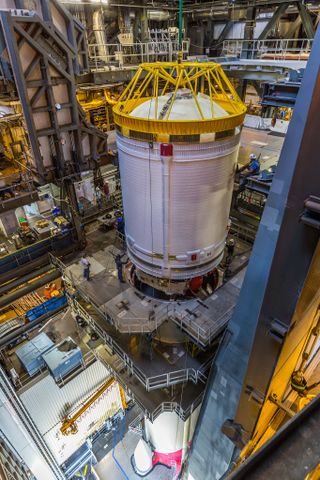
Bruno's medium post also discusses the importance of disabling hostile satellites in a way that does not create a large debris field, as space debris stays in orbit for weeks in low orbit — or in high orbit, the debris remains for centuries.
Space debris comes with the danger of damaging everything in its path. "There are no national borders in space," Bruno writes. "It is a common environment, shared by all."
Meanwhile, the Space Force is positioning itself as a "cornerstone" of U.S. defense, and says it can face the challenges that arise when space has become more congested and contested.
"Space is no longer a sanctuary. It's a contested domain," Space Force Indo-Pacific commander Brig. Gen. Anthony J. Mastalir said at the 2024 Spacepower Conference in Orlando, Florida. "Our mission is to ensure that we can operate in that domain and continue to provide support across all areas of conflict."
After successfully completing Vulcan Centaur's second certification mission on Oct. 4, ULA is looking to launch Vulcan Centaur on its first national security mission with the Space Force, which is currently scheduled for late 2024 or early 2025.
If the Centaur upper stage can be upgraded to stay in orbit for longer periods of time to provide satellite defense for Space Force assets, ULA could have an important new capability that may lend the company a hand in the steeply competitive spaceflight industry.
.png)
 2 weeks ago
12
2 weeks ago
12
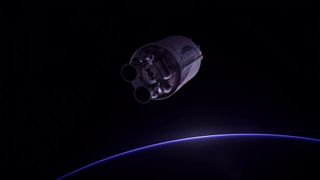


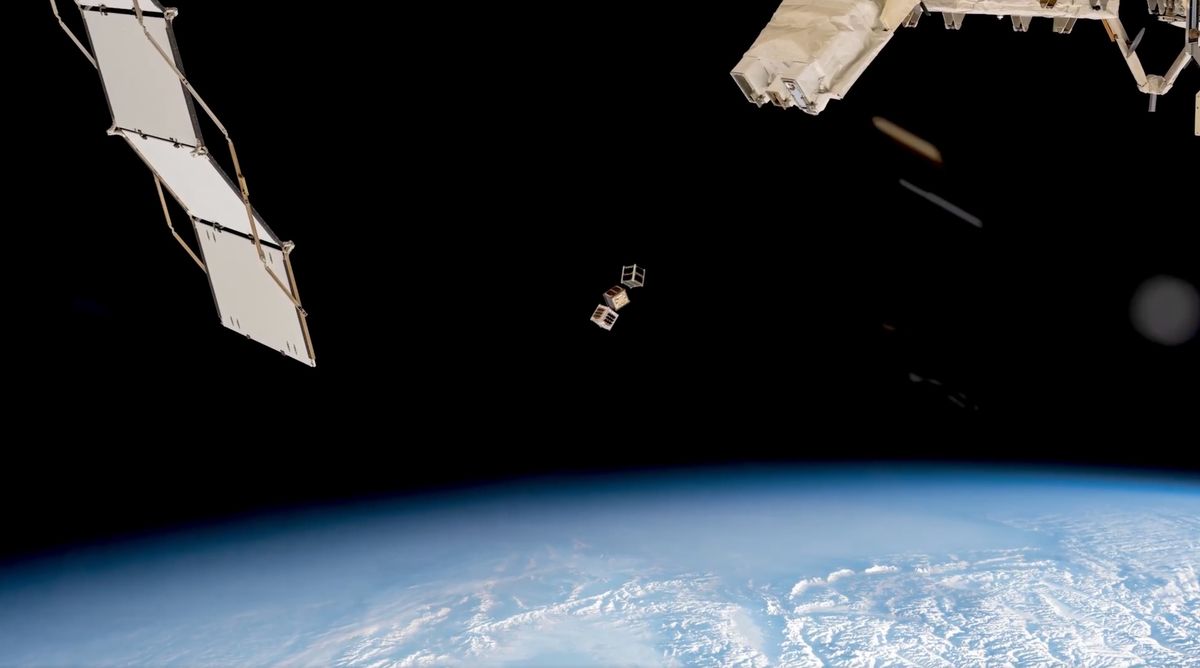
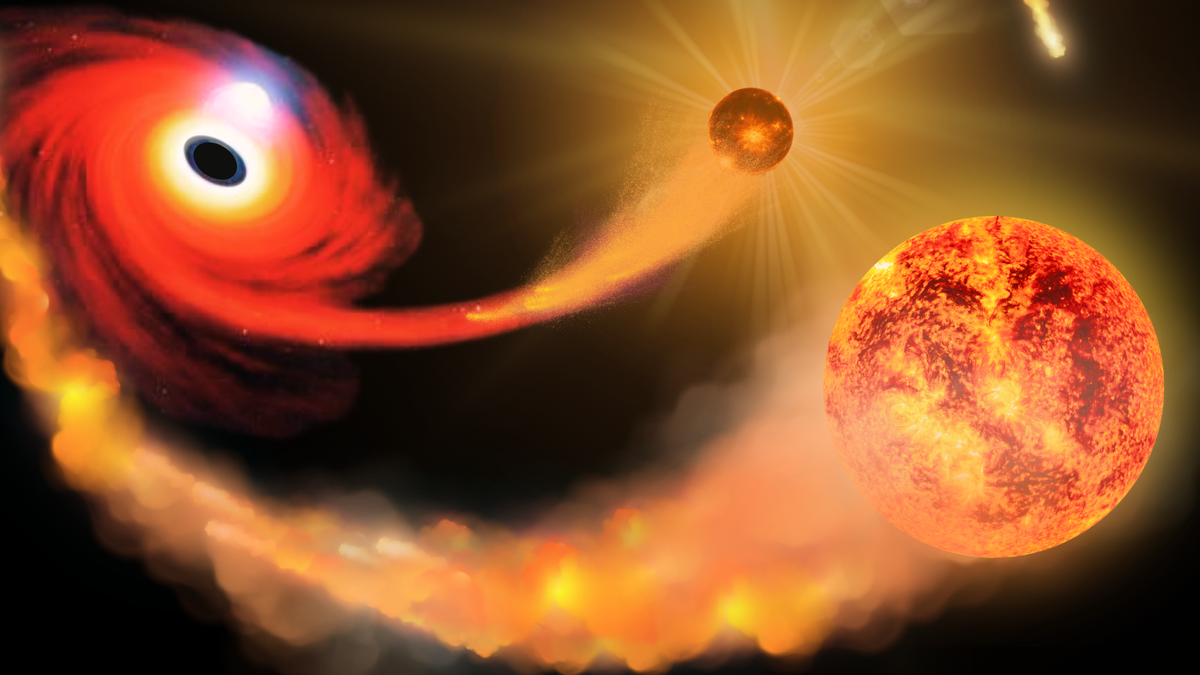
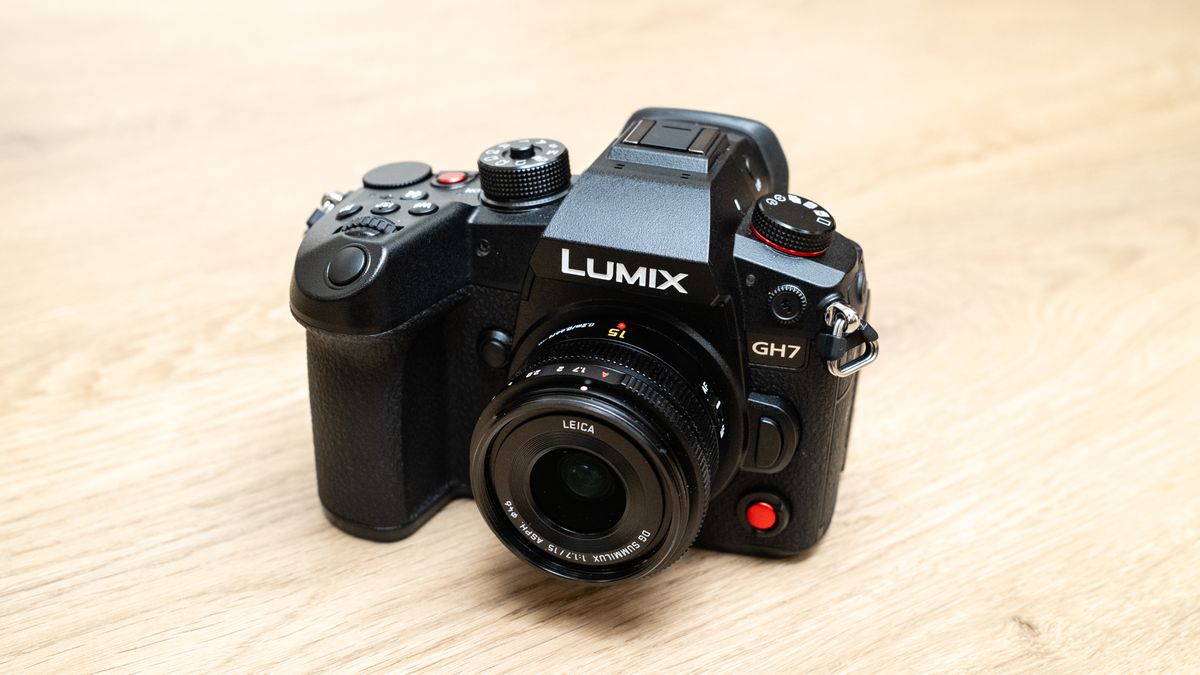
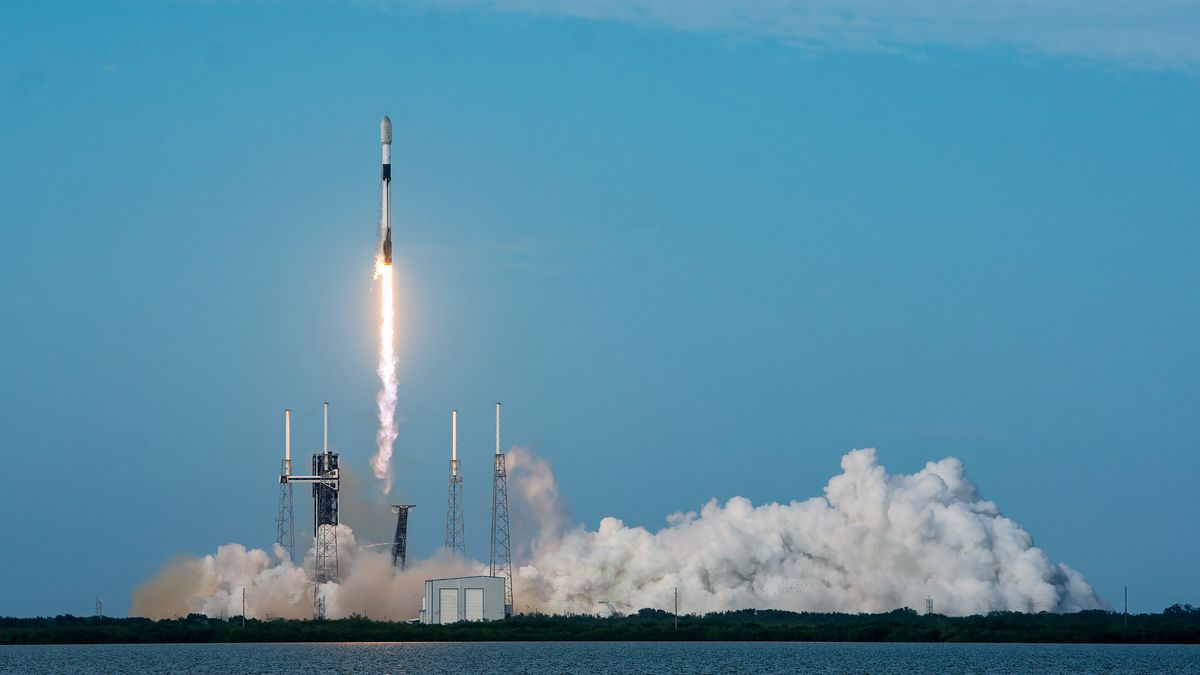
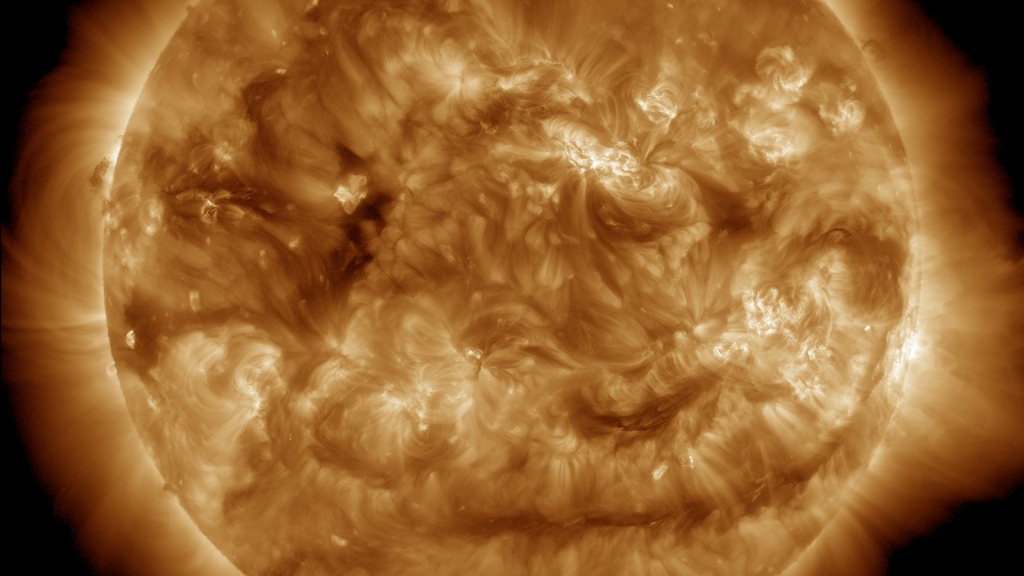
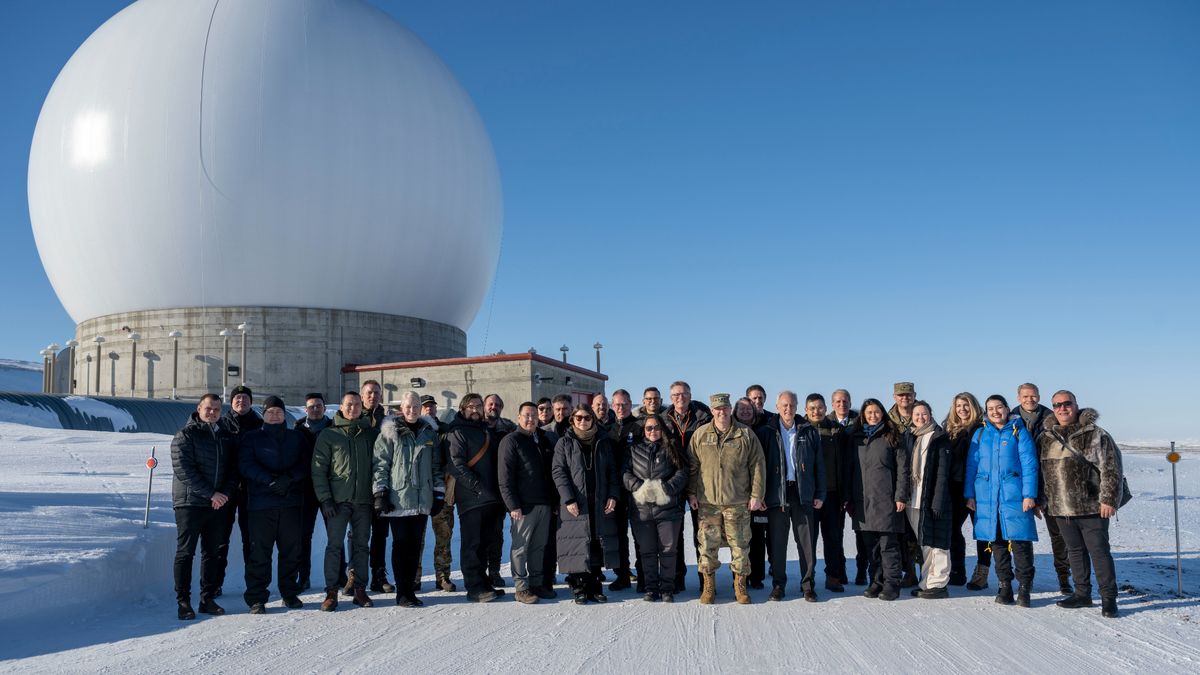
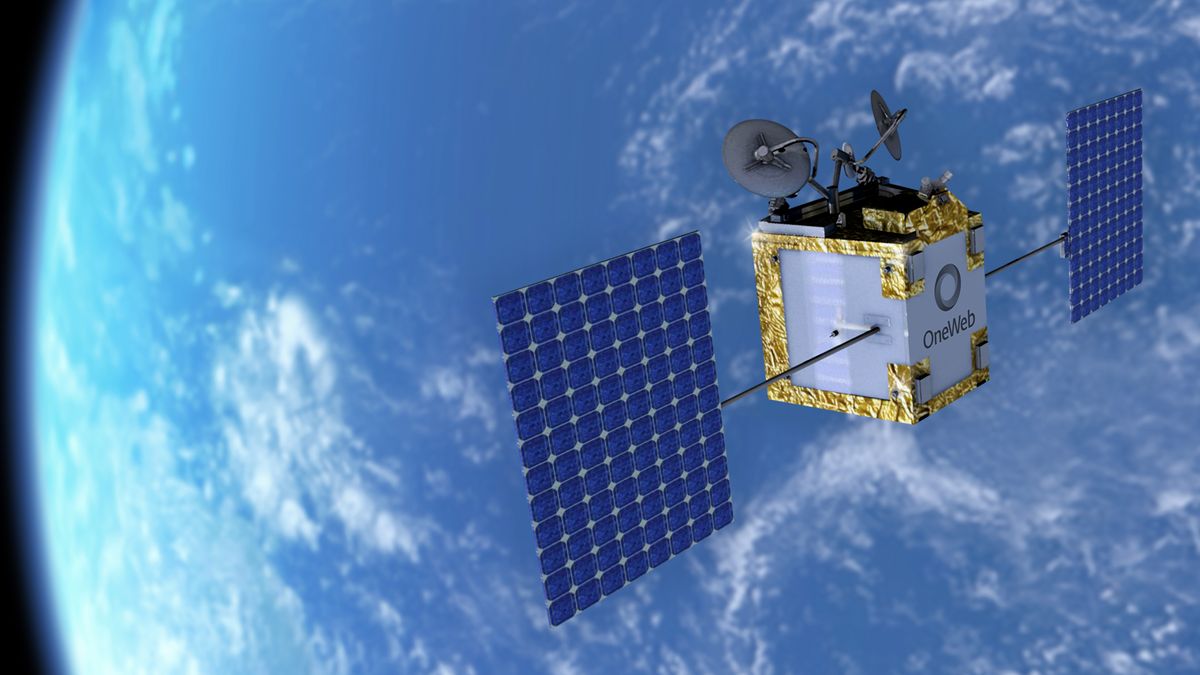

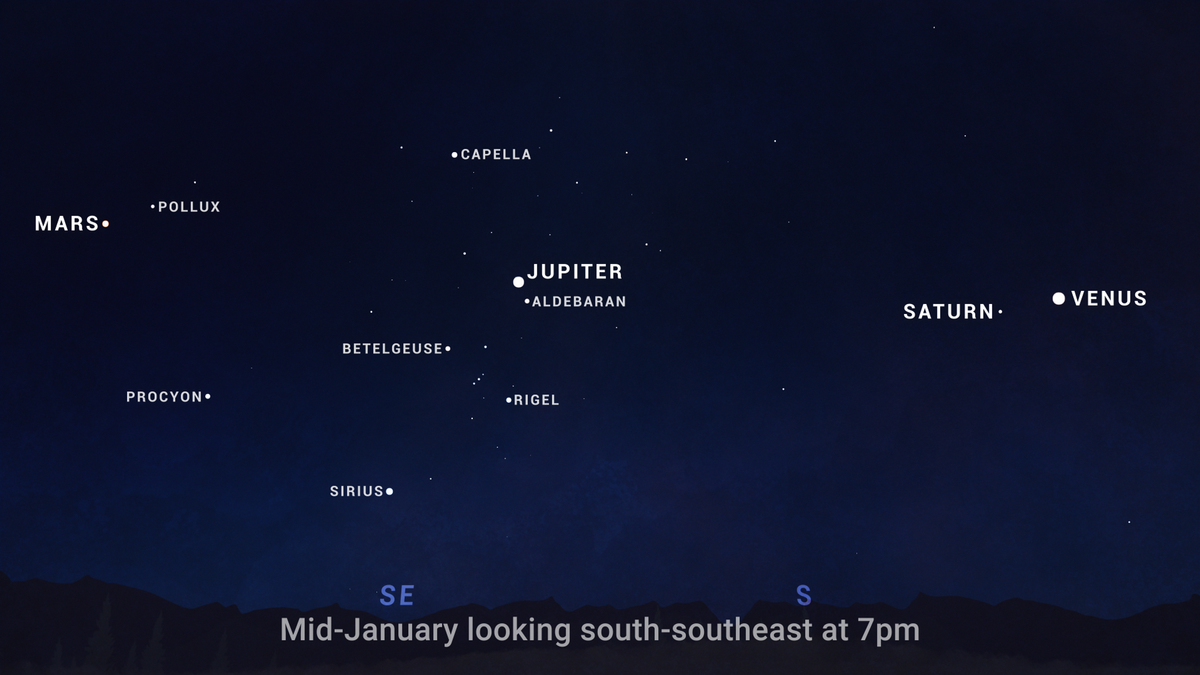























 Bengali (BD) ·
Bengali (BD) ·  English (US) ·
English (US) ·